Causes and treatment of falling flowers and buds at the Decembrist
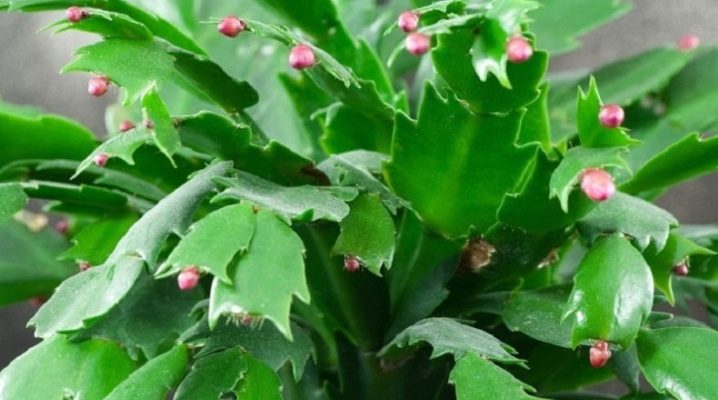
The Decembrist is a fairly popular houseplant. But few people know its real name - Schlumberger (Zygokaktus). Decembrist - like Rozhdestvennik, Dekabrina, Christmas cactus - is just a nickname given by the townsfolk.
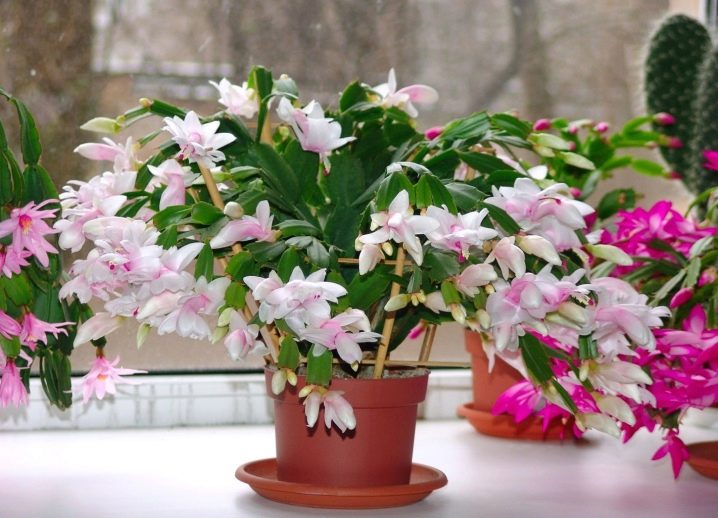
Peculiarities
Schlumberger belongs to the Cactus family and is known for the fact that it does not have thorns, but this species blooms in the cold. It blooms profusely and beautifully, pleasing to the eye when the rest of the plants are dormant.
There are several types of Decembrist. They differ not only in the appearance of the plant itself, but also in the appearance of its flowers. Flowers can be the usual crimson or red, as well as orange, white, lilac, or even coral. In addition, the flowers of the Decembrist can be two-colored.
For a beautiful and abundant flowering, you need to provide the flower with the most favorable living conditions.
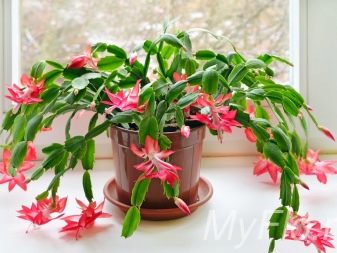

The Decembrist is a plant with character. He does not like tall pots, so shallow and wide containers would be the best option for growing him. - this is due to the fact that the root system of the plant is superficial. Direct sunlight is harmful to the plant, so it is best to put it in the shade. Despite the origin in Brazil, the plant does not like high temperatures - the most suitable temperature range is 17-20 ° C.
When does the Decembrist bloom?
The name of the flower was not given by chance: the plant blooms from late autumn and throughout the winter, sometimes it can also bloom again closer to the beginning of spring. And the point is not at all that the plant loves low temperatures, but that it comes from the tropical latitudes of southern Brazil, where the period of flowering of plants falls on our calendar winter. In our latitudes, the Decembrist overgrows with buds by the end of November, then they bloom, and the end of flowering is at the end of January.
The Decembrist is a perennial plant: its life span can reach 20 years. And as soon as it reaches the age of flowering, it begins to bloom annually throughout the years of its life.

Why do buds die?
But there are times when the flower is provided with all the conditions, but the desired flowering does not occur. The ovaries form on the plant, but suddenly it throws off its unblown buds. This can be influenced by several points:
- moving the pot with the Decembrist to a new place is the most common reason of all;
- insufficient soil moisture or excess moisture in the soil;
- drafts;
- temperature drops;
- direct exposure to the sun;
- disease or pests on the plant;
- unsatisfactory plant care - not providing a normal temperature regime during the dormant period, not carrying out planned pruning of the plant, ignoring the annual transplant and depletion of the soil.

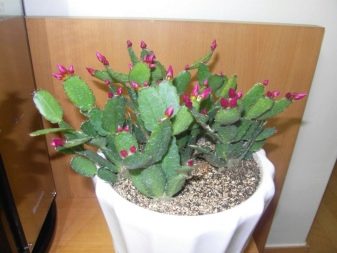
How to prevent loss?
In order not to witness how the flowers fall at the Decembrist, you need to provide the plant with proper care.
As soon as buds are set on the Decembrist, the pot cannot be moved, shaken and generally disturbed in some way. Until the buds open, you need to leave him alone in the place where he stands. The pot can only be slightly rotated at the stage of bud ovary in order to achieve an even appearance. Otherwise, buds may appear on only one side of the plant.
It is necessary to carefully monitor the soil moisture in the pot.During the rest period, the frequency of watering can be only 1 time in 2 weeks. But during the flowering period, you need to ensure that the soil does not dry out. It is worth watering at a time when the soil is just beginning to dry out. In this case, you do not need to make a swamp in a pot.
Excess watering is especially dangerous at low indoor temperatures. In this case, the roots of the plant may be severely damaged. And the fact that it drops the buds will be less of a problem, because the Decembrist may die completely. The soil should always be slightly damp.
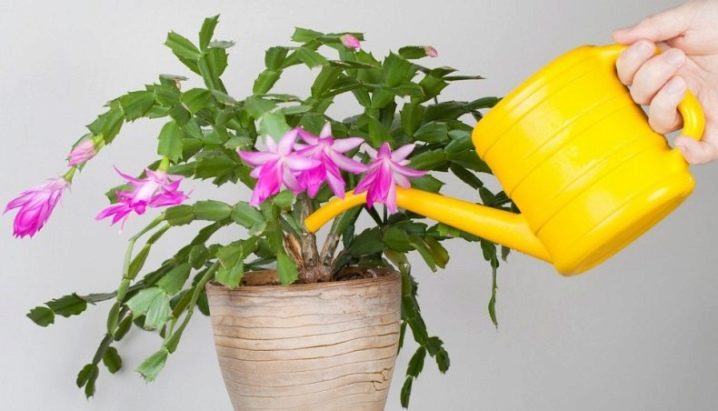
The buds dry out with a lack of moisture. And in order for the humidity level to be sufficient, the Decembrist can and should also be sprayed during budding and flowering. The plant absorbs moisture through the leaves and flowers as efficiently as through the root system.
Drafts, sun and temperature extremes are contraindicated for Decembrists. This should be taken care of not only during the flowering period, but throughout its entire life. In the tropics, there is no such problem as low temperatures, so the plant reacts negatively to them.
For healthy flowering, it is important to take care of the Decembrist not only during this period. So, it will be useful to feed the plant at the end of the flowering period so that it can recuperate and gather new ones. The best time to feed is spring and summer. In the spring, the Decembrist is fed once a month with half the portion recommended by manufacturers. This will be sufficient during the recovery phase after prolonged flowering.
In summer, you can start giving a full dose of fertilizer twice a month. During this period, the Decembrist is gaining energy for the future winter period.
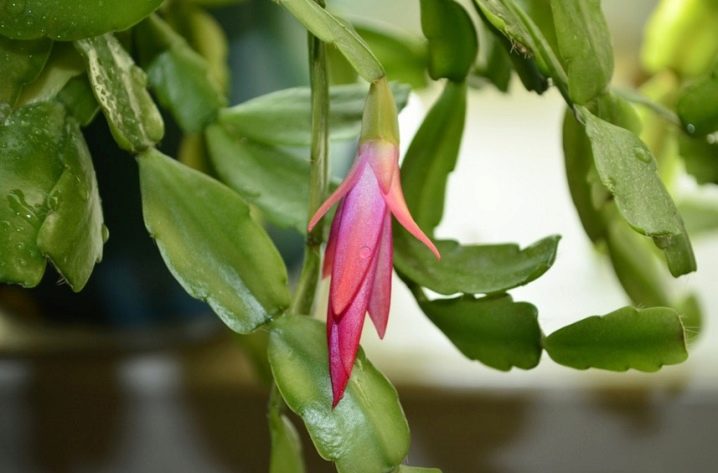























































The comment was sent successfully.